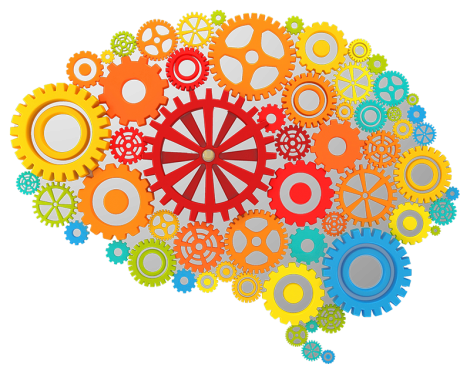
Development Team:
 Jessica Loke
Jessica Loke
 Martin Losert
Martin Losert
 David de Segovia
David de Segovia
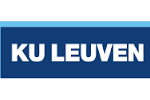 Wai Wong
Wai Wong
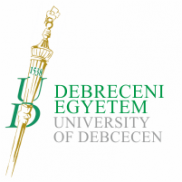 Chris Yndgaard
Chris Yndgaard
Extended by:
 Cord Hockemeyer
Cord Hockemeyer
Knowledge Space Theory:
Estimating Knowledge Structure
In mathematical psychology, a knowledge space is a combinatorial structure
describing the possible states of knowledge of a human learner.
-
Let's look at a simple analogy -
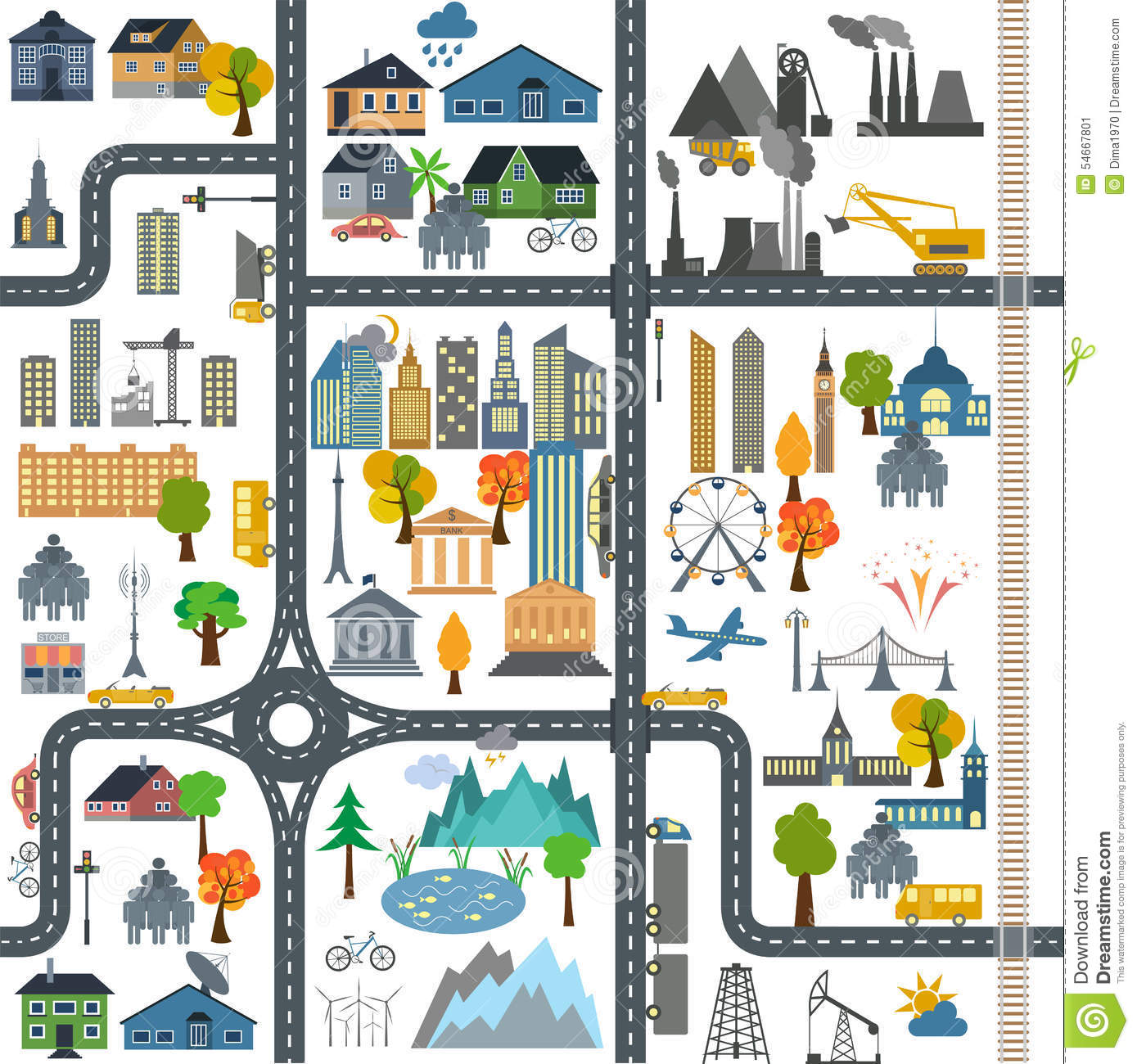
Imagine the town you live in as a complete domain of knowledge, if you know every part of the town, you have a knowledge state which covers the complete domain of knowledge. But, if you only know the street where you live in; then, you have a knowledge state which only covers a part of the complete domain - highlighted in yellow now.
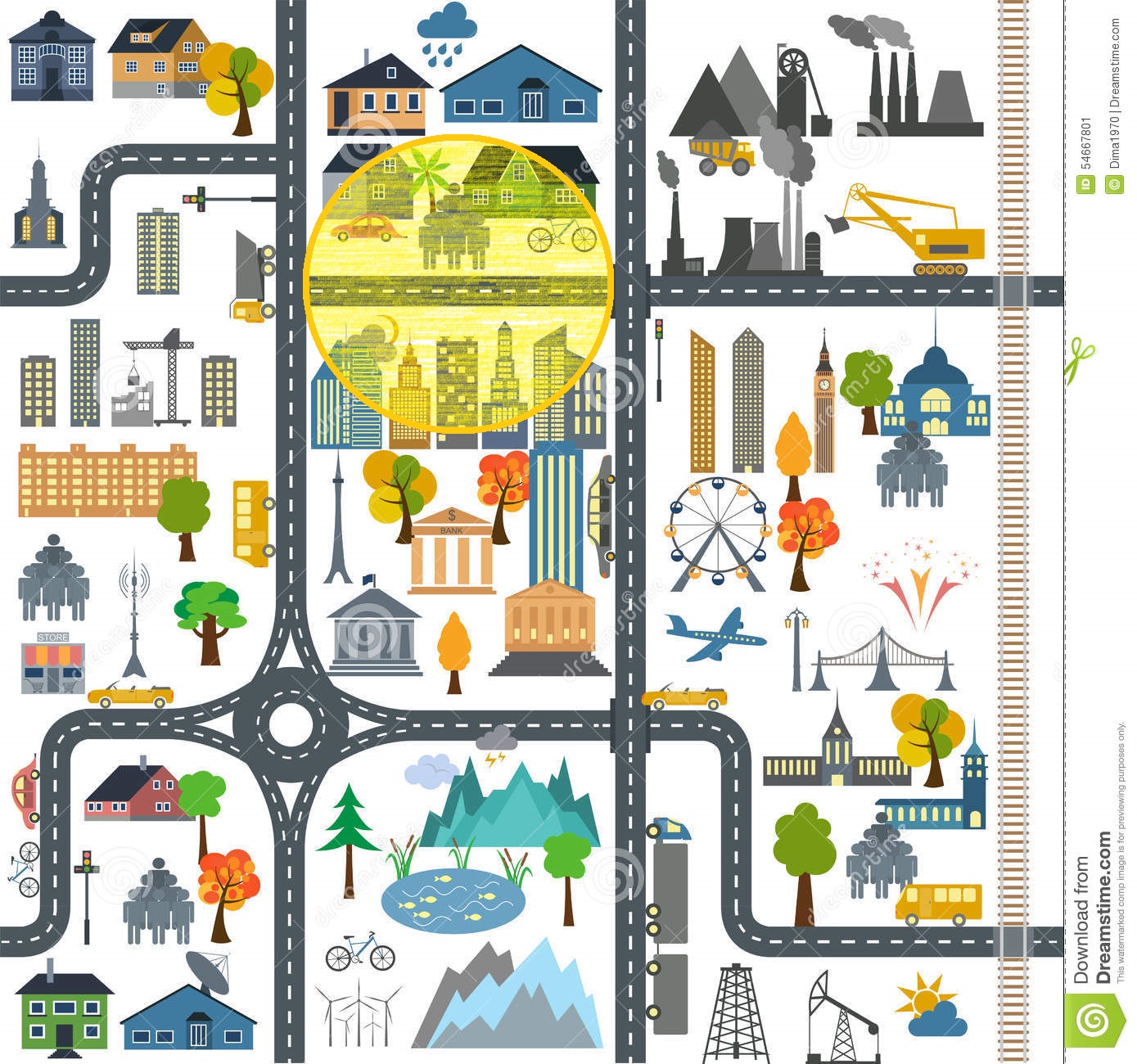
By identifying the user's knowledge states, we can understand his/her knowledge boundaries. In the illustration above, you can imagine the boundary to be the yellow circle. Within educational settings, this is helpful because we can then find out what the user knows and does not know.
To estimate the user's knowledge state, we use a deterministic approach by relating the observed data to the yet eligible knowledge states.
In this application, we want to demonstrate this process by allowing you to (1) build a knowledge structure on elementary probability theory, and (2) complete a quiz to estimate your probable knowledge states.

In this application, you have two options:
Then, you can simulate being a new student by answering a quiz.
After each of your answers, we will update the list of still eligible possible knowledge states.
These are all the possible response patterns.
As a default structure, we have checked the patterns which belong the knowledge structure observed from a previous
classroom sample. Both the empty set and the Q (full) set states have already been included.
You can use the one available, or create your own.
Don't forget to press the 'Done' button when you are finished
Please note that the empty set (marked by 0) and the full item set Q are always contained.
In the "quiz" tab, you can experience a deterministic adaptive assessment of your knowledge in our small probability domain. We start with the full knowledge structure. As soon as you answer questions, states are eliminated. In the Hasse diagram on the right, the eliminated and the still eligible knowledge states are shown in different colors.